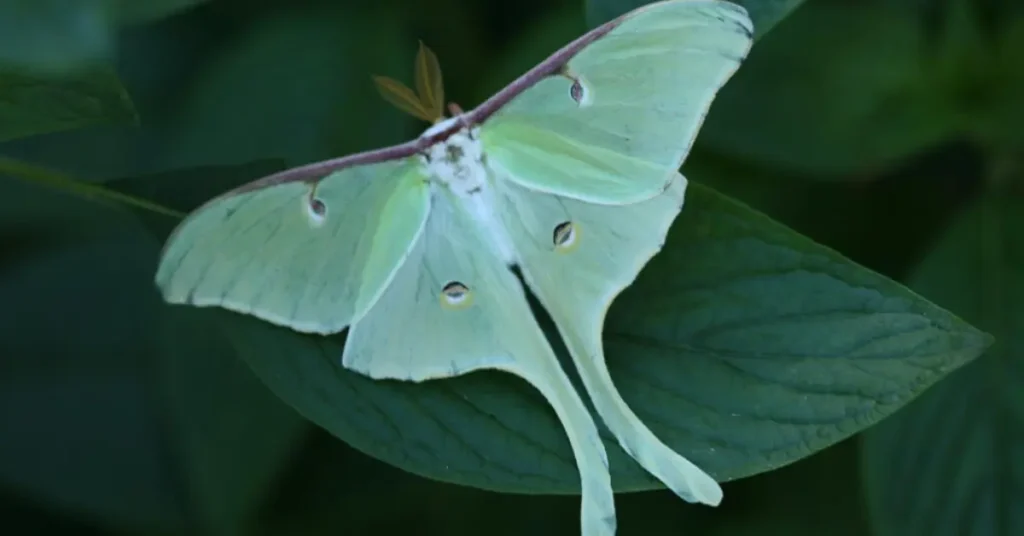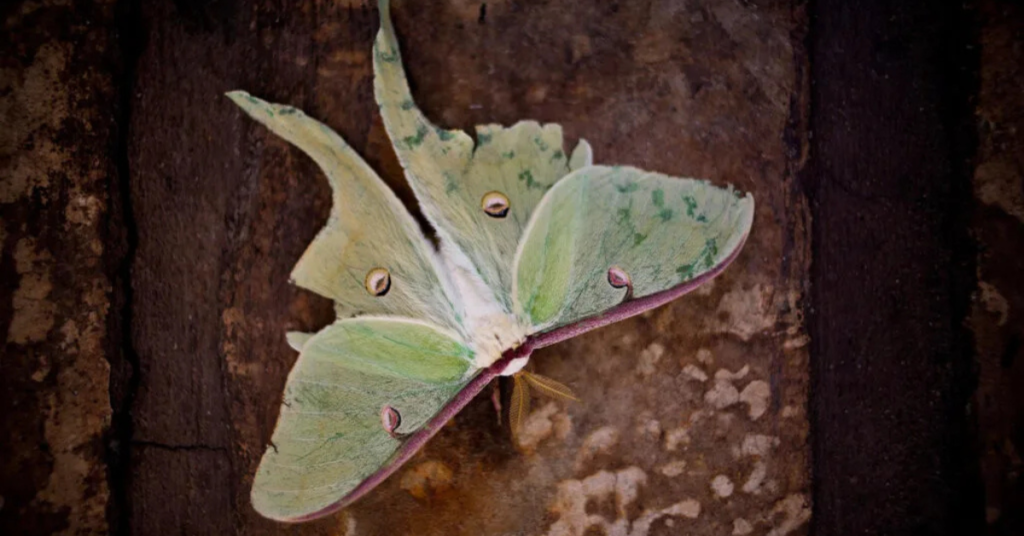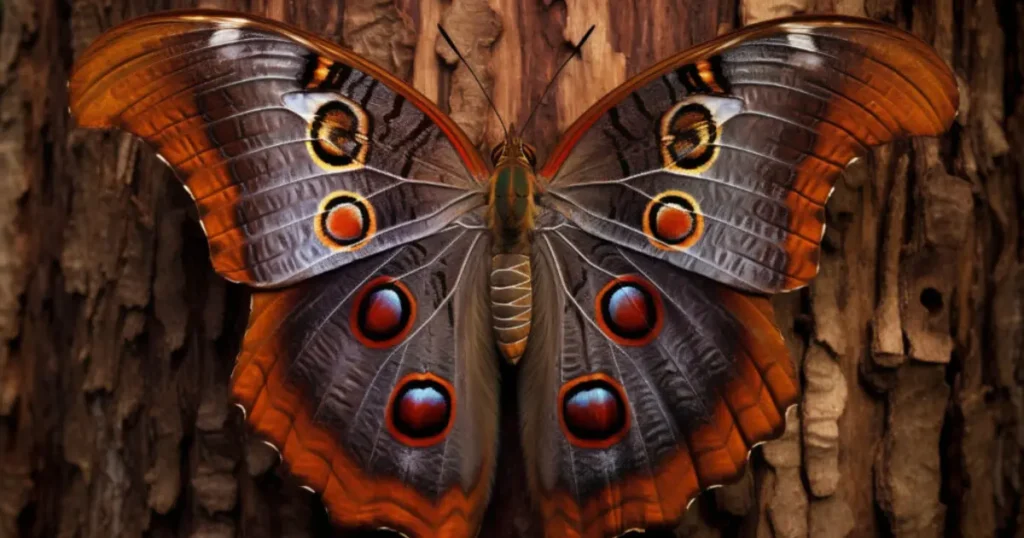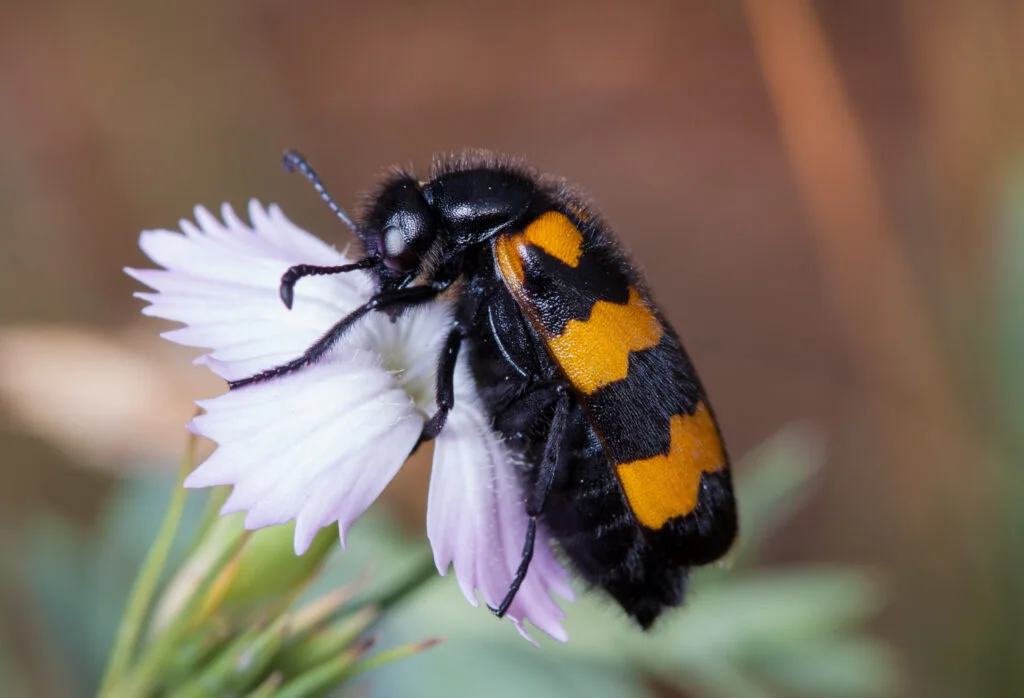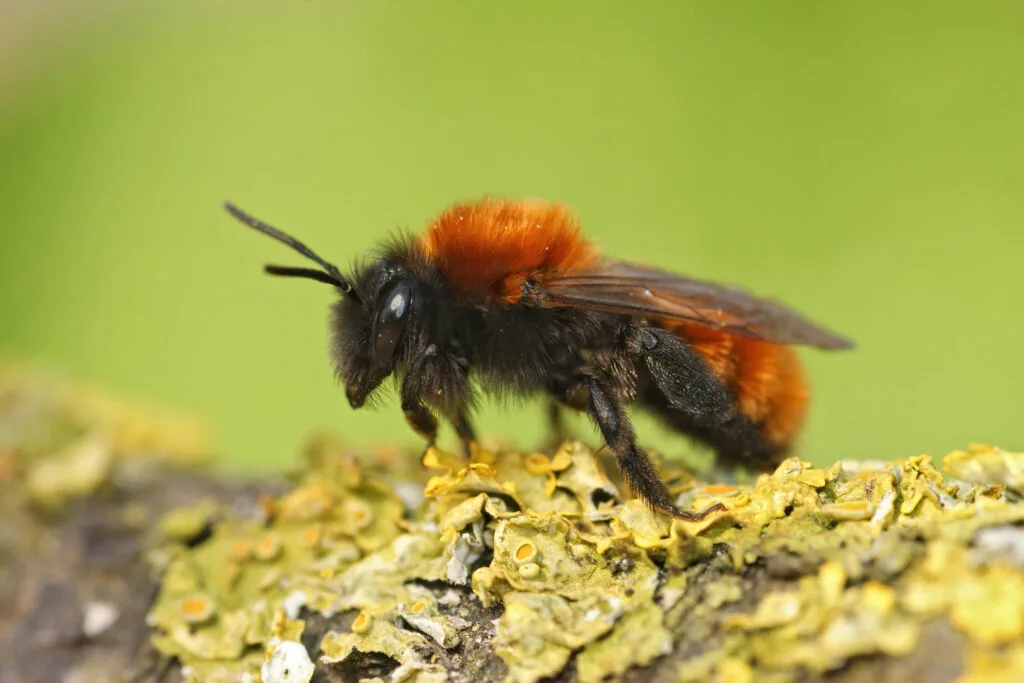The European Hamster (Cricetus cricetus), also known as the Black-bellied Hamster, is one of the largest hamster species in the world. Unlike its domestic cousins, this wild hamster is a solitary and territorial rodent that has fascinated scientists and wildlife enthusiasts for decades.
In this guide, we will explore everything about the European Hamster breed, including its habitat, diet, lifespan, and conservation status.
Table of Contents
ToggleWhat is the European Hamster?
The European Hamster is a rodent native to Europe and parts of Asia. Unlike the common Syrian and dwarf hamsters, this breed is significantly larger, with adults reaching up to 35 cm (14 inches) in length. They have distinctive fur patterns, including a reddish-brown back, white patches, and a striking black belly, making them easy to distinguish.
This species is known for its highly aggressive nature compared to other hamsters. Unlike the social dwarf or Syrian hamsters, European Hamsters prefer living alone and can become hostile if their territory is invaded. Their wild nature makes them unsuitable as pets, but they play an essential role in their ecosystem.
Natural Habitat of the European Hamster
The European Hamster breed is commonly found in:
- Central and Eastern Europe – Countries such as France, Germany, Poland, and Ukraine house populations of these hamsters.
- Russia and parts of Western Asia – They are also present in regions with suitable climates and food sources.
- Agricultural fields, grasslands, and meadows – They prefer open fields with loose soil, which is easier for burrowing.
- Underground burrows – These burrows serve as protection from predators and provide a safe place to store food and raise offspring.
Unlike domestic hamsters that live in cages, the European Hamster is an expert digger, constructing complex burrow systems with multiple chambers for sleeping, food storage, and even waste disposal. They usually dig these burrows in nutrient-rich soil where their diet is easily accessible.
Diet and Eating Habits
The diet of a European Hamster consists of:
- Seeds and grains – The staple part of their diet, often gathered from farmlands.
- Fruits and vegetables – They eat a variety of plant-based foods, including apples, carrots, and leafy greens.
- Insects and small vertebrates – Unlike domestic hamsters, they occasionally consume protein-rich foods such as worms, insects, and even small amphibians.
- Roots and leaves – Essential for fiber intake and digestive health.
These rodents are known for their ability to hoard vast amounts of food in underground chambers. During autumn, they begin storing large quantities of food to survive the winter months, when food sources become scarce. Some burrows have been found with up to 15 kilograms of stored food.
Physical Characteristics
The European Hamster breed has unique physical traits that set it apart from other hamster species:
- Size: They are much larger than their domestic relatives, with adults growing between 20–35 cm in length and weighing up to 700g.
- Fur: Their distinctive fur consists of a reddish-brown upper body, white patches on the sides, and a jet-black belly, which gives them their nickname, “black-bellied hamster.”
- Lifespan: In the wild, they typically live 3–5 years, but in captivity under optimal conditions, they may live longer.
- Teeth: Like all rodents, they have ever-growing incisors, requiring constant gnawing to prevent overgrowth. If their teeth grow too long, it can lead to serious health problems.
Behaviour and Lifestyle
Unlike domesticated hamsters, the European Hamster is highly territorial and aggressive. They prefer living alone and will fiercely defend their burrows. They are also excellent diggers and can create elaborate tunnel systems with separate chambers for nesting and food storage.
- Solitary nature: They are extremely territorial and only come together during the breeding season.
- Nocturnal habits: They are mostly active at night, which helps them avoid predators.
- Hibernation: Unlike some hamster species, European Hamsters hibernate during winter but wake up occasionally to eat from their stored food reserves.
- Vocal communication: When threatened, they make loud squealing or growling noises to warn predators or rivals.
Conservation Status – Is the European Hamster Endangered?
Due to habitat loss and climate change, the European Hamster breed is now classified as critically endangered by the International Union for Conservation of Nature (IUCN). Factors contributing to their decline include:
- Industrial farming practices – The expansion of large-scale agriculture has reduced their natural habitats.
- Pesticide use – Harsh chemicals eliminate insects and plants that are part of their diet.
- Urbanization – Cities and roads have fragmented their habitats, reducing breeding opportunities.
- Climate change – Rising temperatures and seasonal shifts are disrupting their hibernation and reproductive cycles.
Several conservation programs are now underway to restore their habitat and ensure their survival. Some countries have implemented protective measures, including breeding programs and habitat restoration projects.
How to Care for a European Hamster?
While the European Hamster breed is not commonly kept as a pet, some wildlife conservationists and specialized breeders care for them. Here’s what you need to know:
1. Housing Requirements
- Due to their large size and active nature, they require an enclosure much bigger than typical hamster cages.
- Their enclosure should have at least 1 meter of floor space, with deep bedding to allow for burrowing.
- They need a well-structured habitat with hiding spots, tunnels, and separate areas for food storage and nesting.
2. Dietary Needs
- Their diet should be rich in natural grains, seeds, and fresh vegetables.
- They need protein sources such as mealworms or small pieces of boiled egg.
- Unlike pet hamsters, their dietary needs are more similar to wild rodents and should not be supplemented with processed hamster food.
3. Handling and Socialization
- European Hamsters are naturally aggressive and do not enjoy human interaction.
- They should only be handled by experienced wildlife handlers or researchers.
- Providing them with environmental enrichment like tunnels, wheels, and chew toys helps keep them mentally stimulated.
4. Health Concerns
- Their continuously growing teeth must be managed with appropriate chewing materials.
- They are prone to parasites and bacterial infections if not kept in a clean environment.
- Veterinary care should come from specialists in exotic or wild animals.
Fun Facts About the European Hamster
- Unlike domestic hamsters, the European Hamster breed can hibernate in extreme cold.
- They can store up to 15 kg of food in their underground burrows.
- The black-bellied hamster has strong hind legs, allowing it to stand on two feet like a prairie dog.
- They are known to squeal loudly when threatened by predators.
- Some regions in Europe have festivals celebrating the European Hamster, highlighting its cultural importance.
Conclusion
The European Hamster breed is a fascinating and unique rodent species that plays an essential role in the ecosystem. However, due to environmental changes and human activities, their population has drastically declined, making conservation efforts crucial for their survival.
While not suited for traditional pet ownership, the European Hamster remains a remarkable species that deserves protection and awareness. Understanding their behavior, diet, and habitat can help us contribute to their conservation.
By spreading awareness about the European Hamster breed, we can work towards ensuring its survival for future generations.



